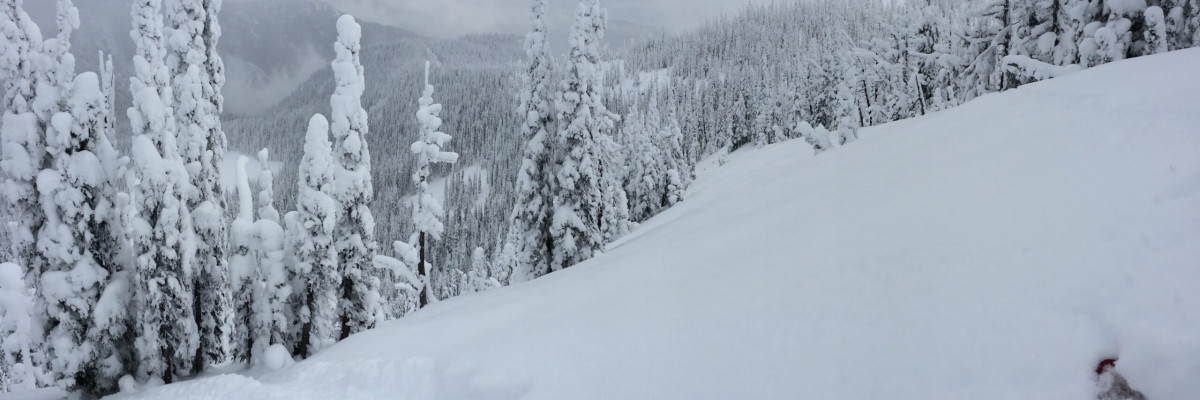The current avalanche danger is MODERATE in the west central Montana backcountry. Human triggered avalanches are possible. Heightened avalanche conditions exist in isolated terrain.
Good morning, this is Travis Craft with the West Central Montana Avalanche Center’s avalanche advisory for December 31, 2015. This danger rating does not apply to operating ski areas, expires at midnight tonight (Dec.31) and is the sole responsibility of the U.S. Forest Service.
Weather and Snowpack
A high pressure system is moving into our advisory area later today. Winds are 6 mph with gusts of 13 out of the NNW. The region received trace amounts of new snow. Temperatures are 7 to 10 degrees F in the mountains.
Dudley and I toured near Lost Trail Pass yesterday and Steve was in the Rattlesnake. We all observed a healing snowpack. Dudley and I observed large surface hoar growth in the Bitterroots.
The primary avalanche problem is the persistent slab which is failing on basal facets. This weak layer is unreactive in deeper snowpacks ( > 100 cm). In shallower snowpacks (<100 cm) it can be triggered. Terrain evaluation is key, avoid likely trigger points (rock outcrops, tree clusters, and wind scoured ridges) that have a shallower snowpack. This layer is giving us no bullseye data like collapsing or whumphing. The only way to assess this layer is to dig and see if it gives unstable results in your pit tests.
The second problem is dry loose snow avalanches. In the Rattlesnake and the southern Bitterroots, on slopes >35 degrees, natural releases were observed. These are not a problem unless they take you into a terrain trap (trees, cliffs, and gullies).
The third avalanche problem is a wind slab that formed in the last storm. These are on leeward slopes at elevations above 7000 feet. These are hard to trigger because they are very stiff. Look for wind slabs on ridgelines and cross loaded slopes.
Avalanche and Weather Outlook
The advisory area should have light accumulations of snow this morning. This afternoon, a high pressure system moves in and becomes the dominant force through the weekend. I would expect the avalanche danger to stay the same with these conditions. We observed surface hoar in the southern Bitterroots. This will be the next weak layer once it is buried.
Ski and ride safe. We have a new beacon park set up in Seeley Lake area by the Driftriders warming hut. The other beacon parks are located at the top of Snowbowl, the top of chair 2 at Lost Trail, and Lolo Pass near the visitors center. Logan King will issue the next advisory on January 02, 2016. Happy New Year!














